Osaka in the 1970s was the epitome of a city in transition. After the devastation of World War II, Japan was on a path of rapid economic growth known as the “Japanese Miracle,” and Osaka was at the heart of it all. The city was a bustling hub of industry, home to global corporations like Panasonic and Sharp.
But beyond the towering office buildings and factories, life in Osaka was a fascinating blend of tradition and modernity. The city was alive with the hustle and bustle of street markets, where vendors sold everything from fresh fish and vegetables to handmade crafts. Walking through these markets, you could hear the lively banter of sellers, the laughter of shoppers, and the sizzling sounds of Osaka’s famous street food – takoyaki and okonomiyaki.
The 1970s also saw the rise of “kissatens,” or traditional Japanese coffee shops. These weren’t just places to grab a cup of coffee; they were social hubs, places where people would gather to chat, read, or simply watch the world go by. You could find a kissaten on almost every street corner in Osaka, each with its unique ambiance and charm.
Amid the rapid urbanization, Osaka still held on to its cultural heritage. The city was dotted with beautiful temples and shrines, tranquil spaces where locals could escape the hustle and bustle of city life. Traditional festivals, like the Tenjin Matsuri, were celebrated with the same fervor and enthusiasm as ever, filling the city with color, music, and joy.
For the younger generation, the 1970s was a time of freedom and exploration. Western influence was sweeping across Japan, and Osaka’s youth was embracing it wholeheartedly. From fashion to music, young Osakans were creating a subculture of their own, one that mixed Western trends with Japanese traditions.
One can’t talk about Osaka in the 70s without mentioning the city’s love for baseball. Osaka’s home team, the Hanshin Tigers, enjoyed a massive following. The iconic Koshien Stadium would be packed with fans on game days, their cheers and chants echoing throughout the city.
Below are some fascinating vintage photos that documented life in 1970s Osaka.


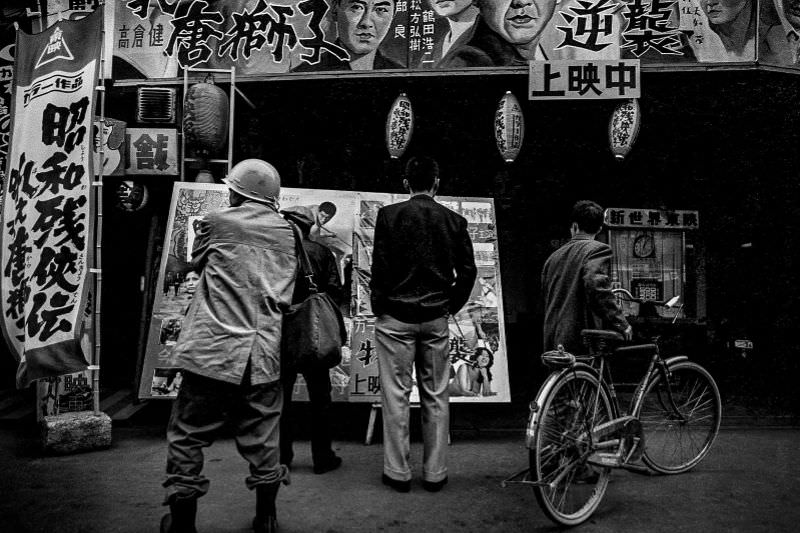
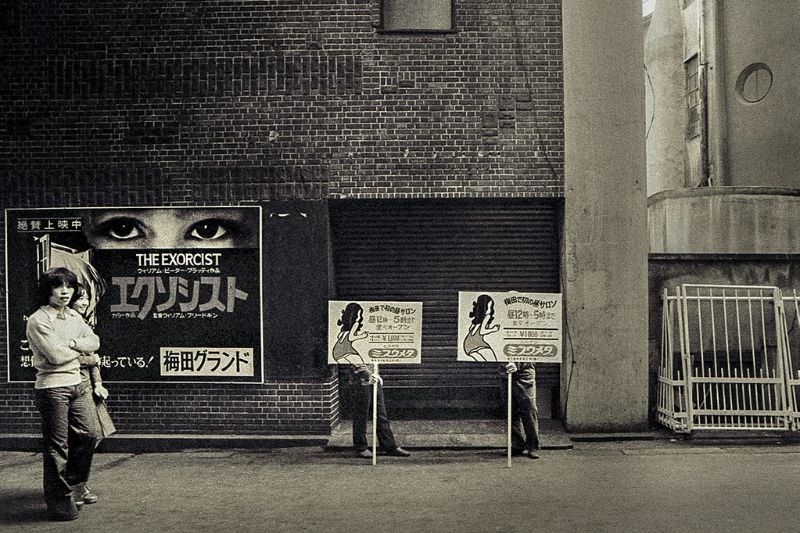
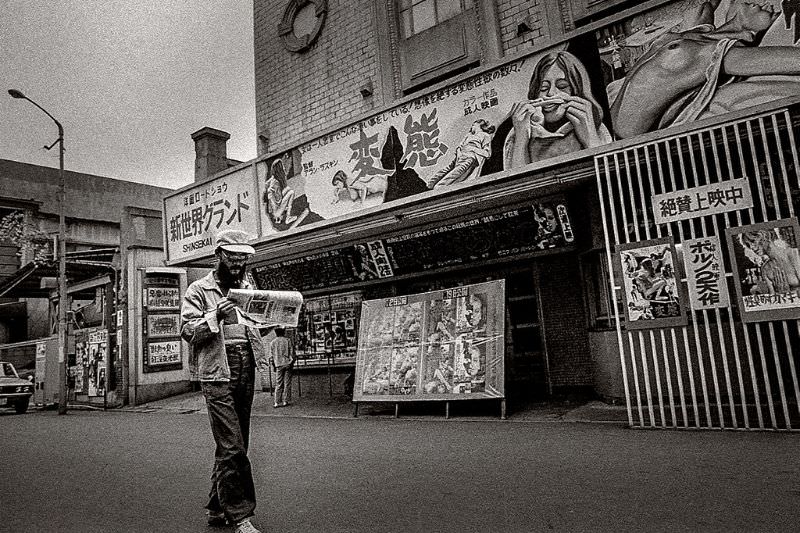
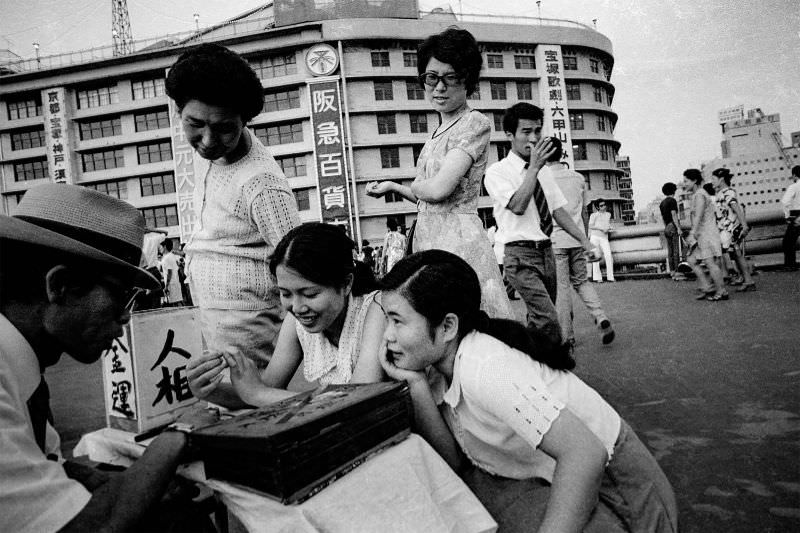
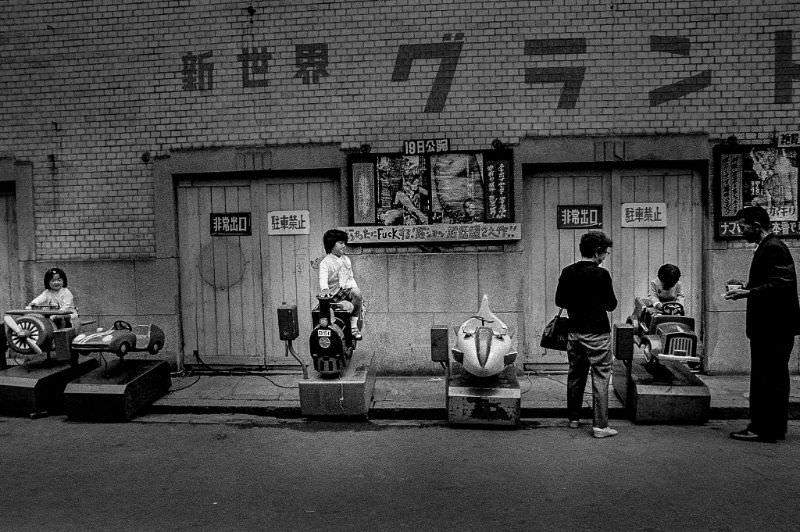
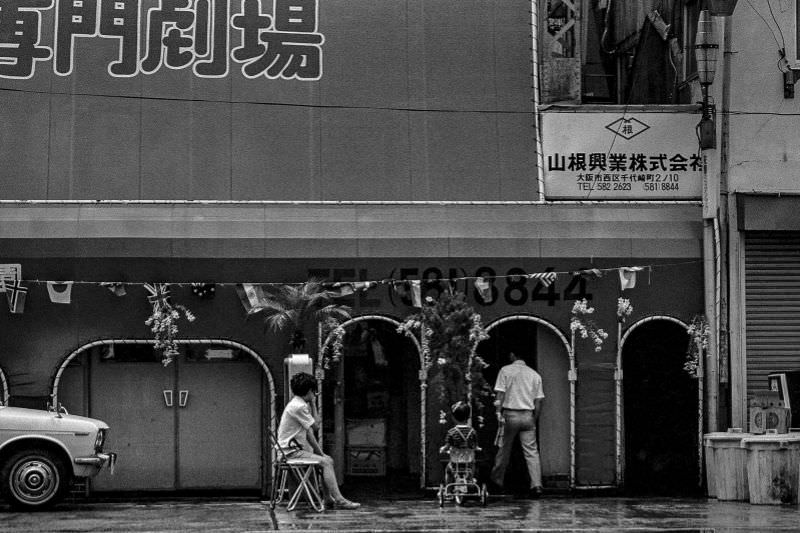
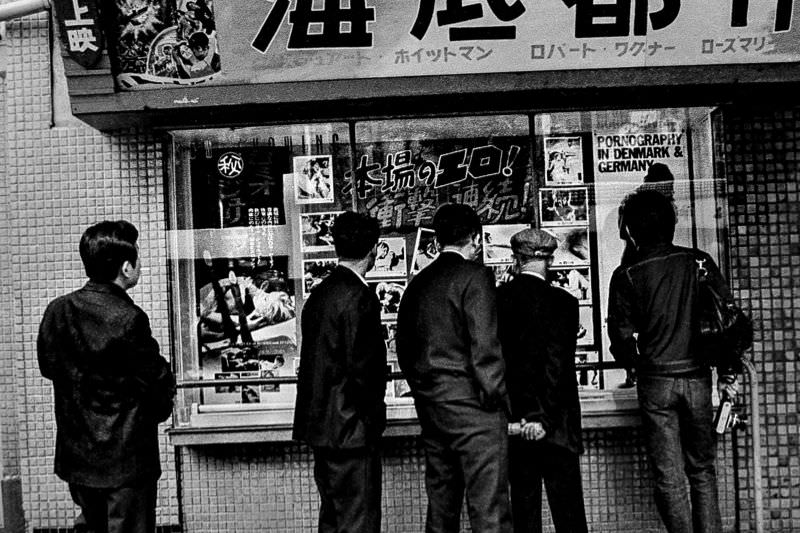
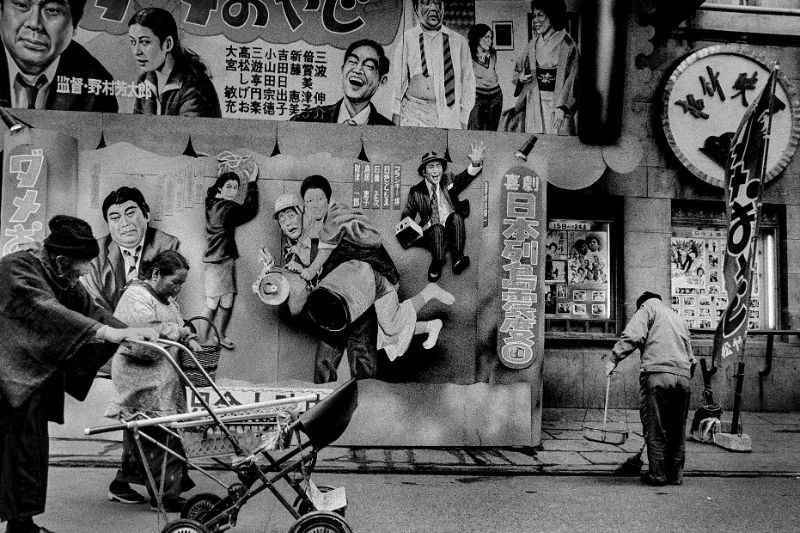
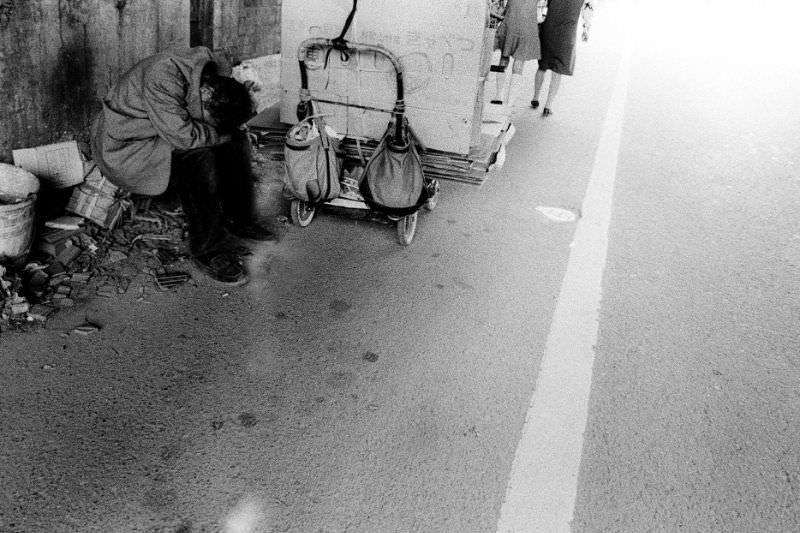
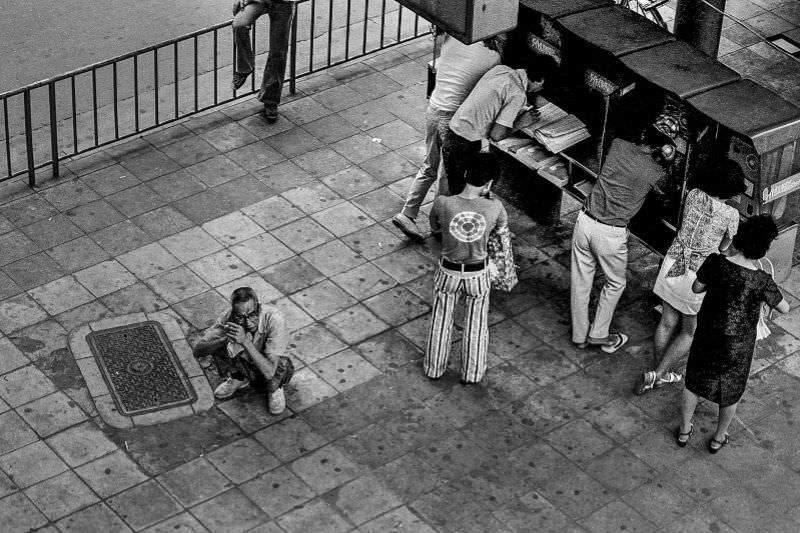
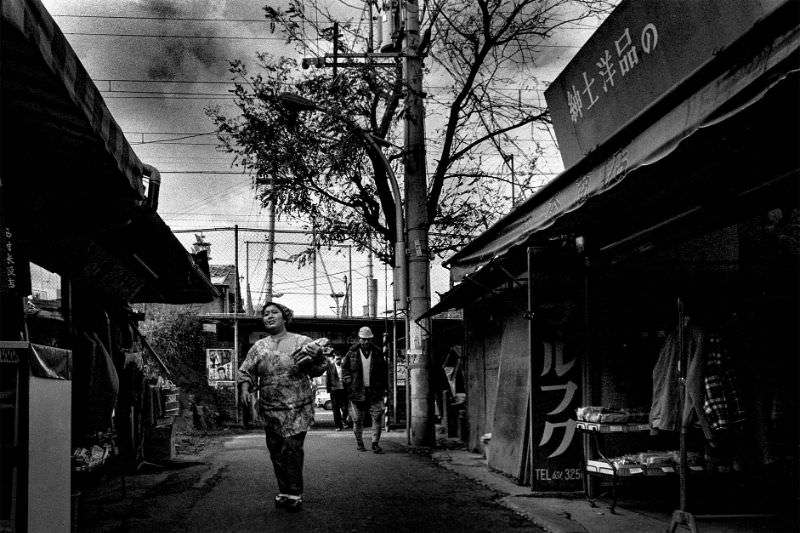
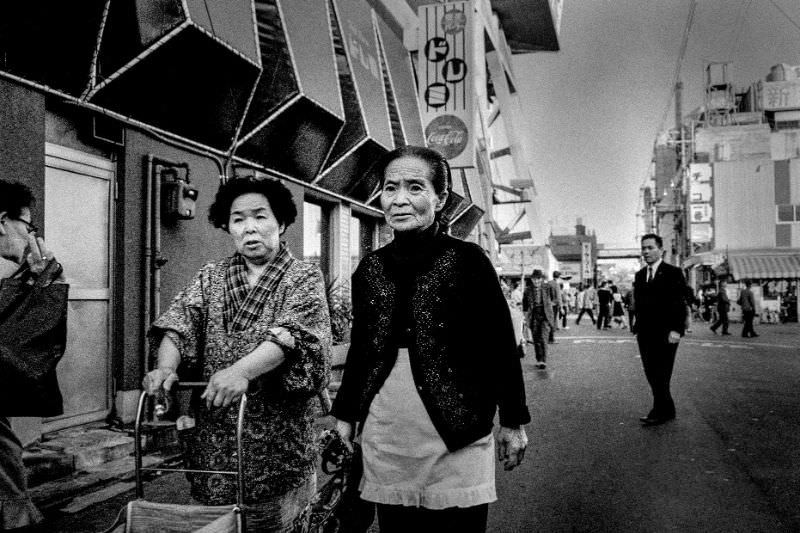
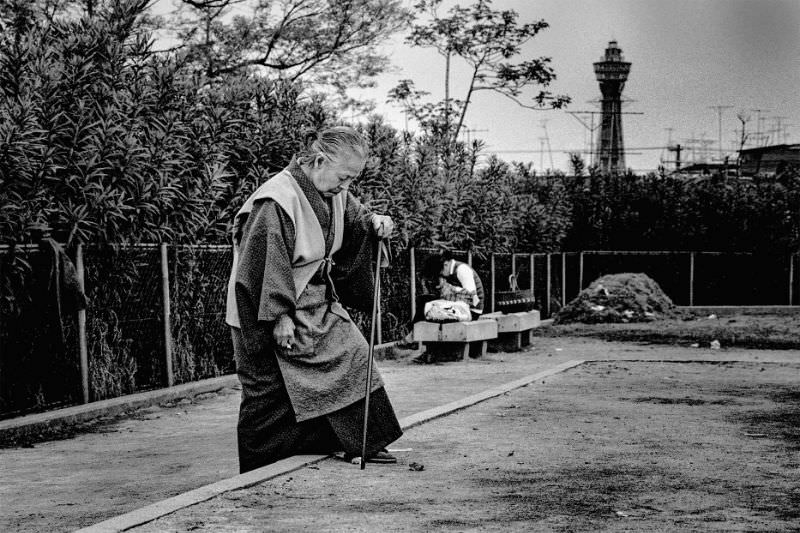
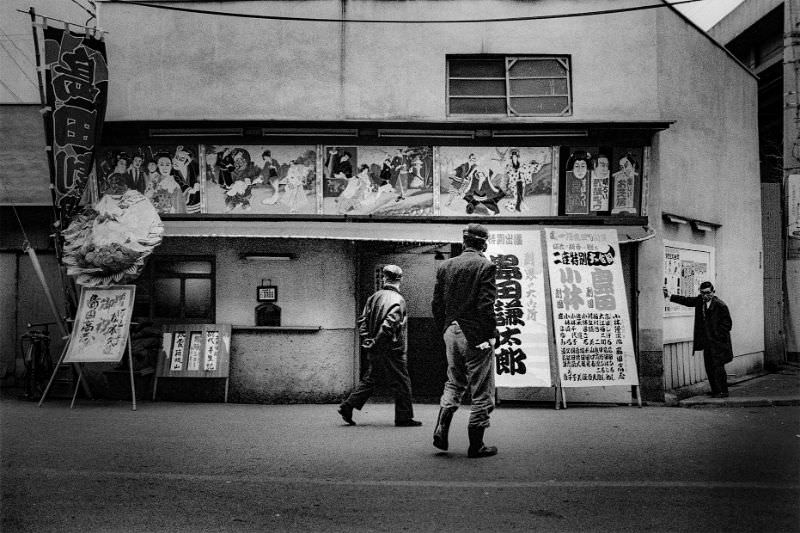
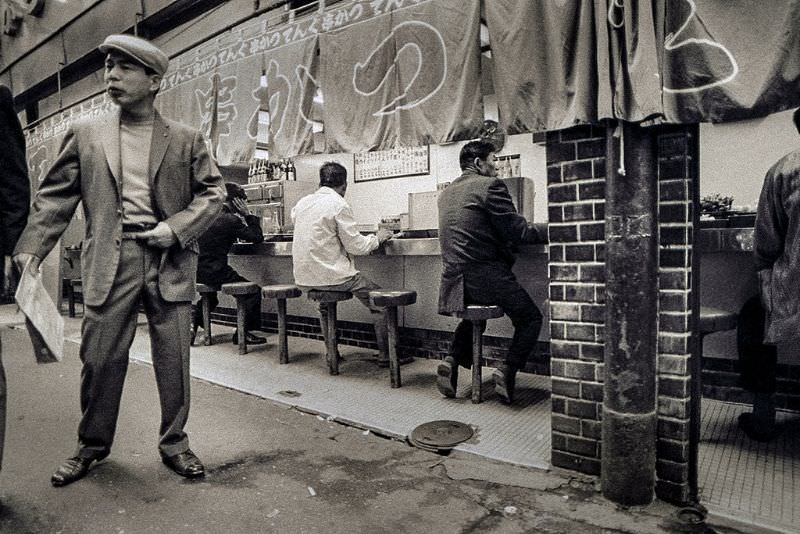
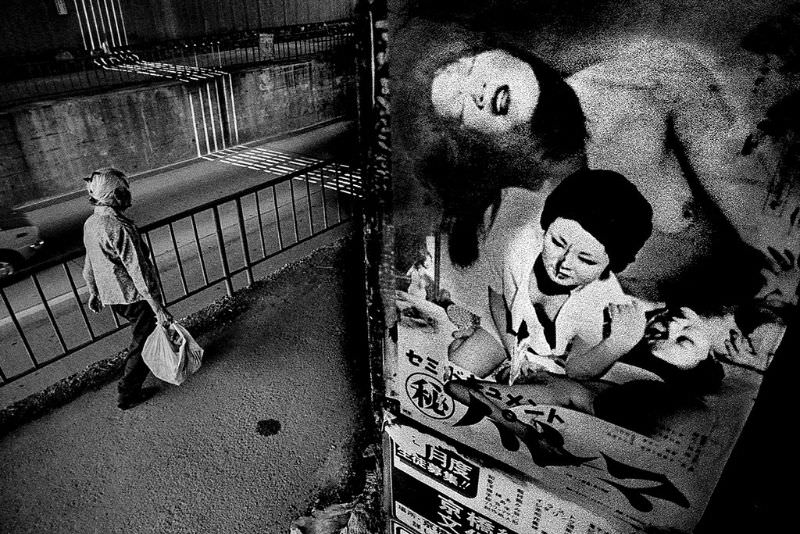
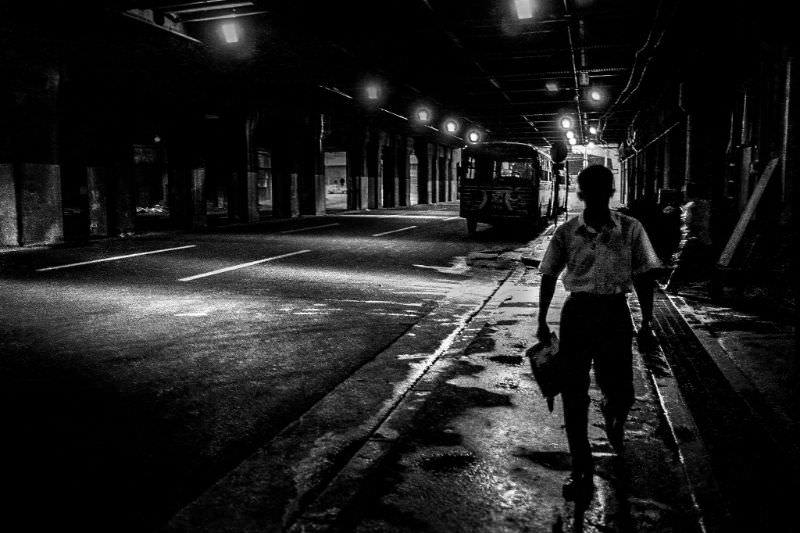
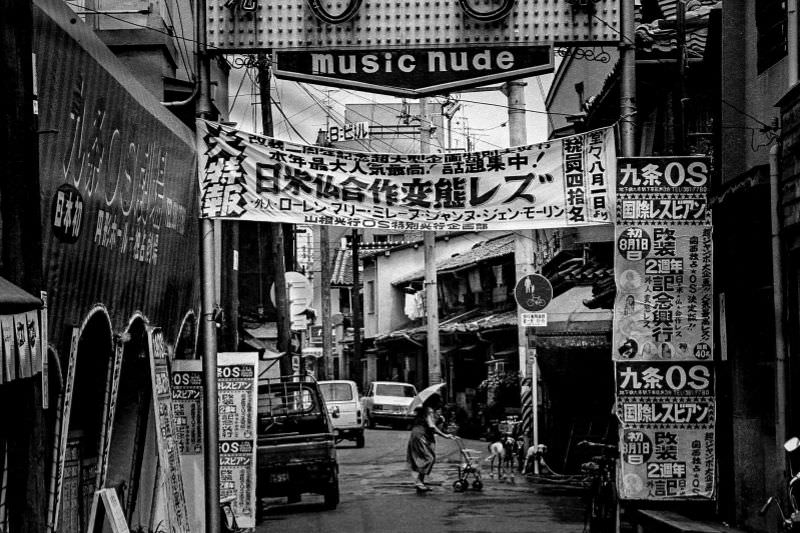
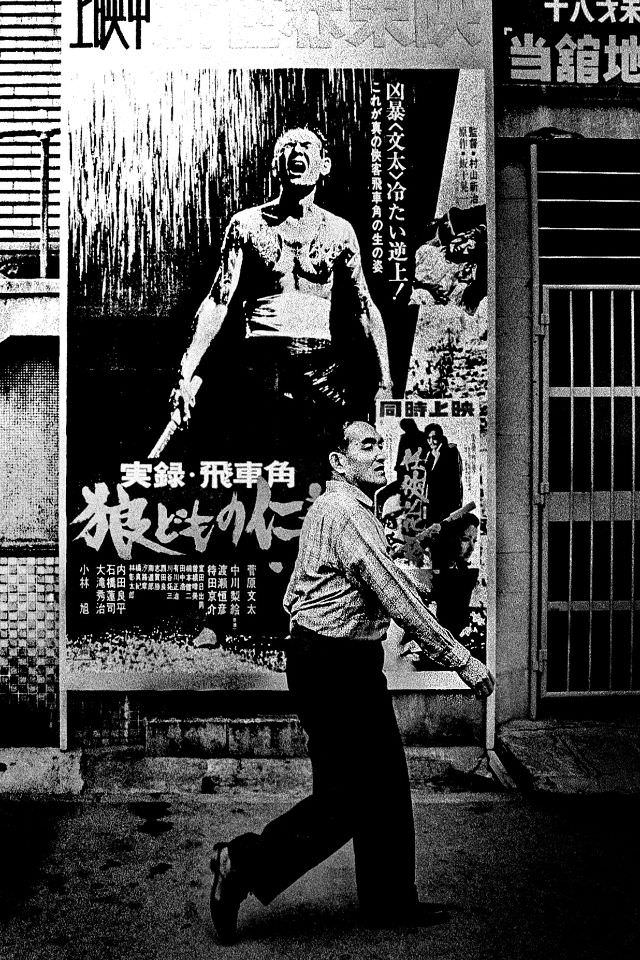
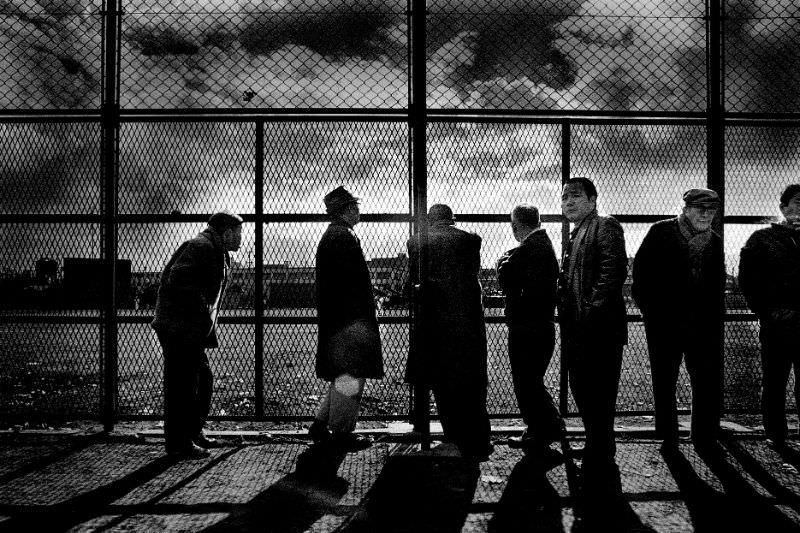
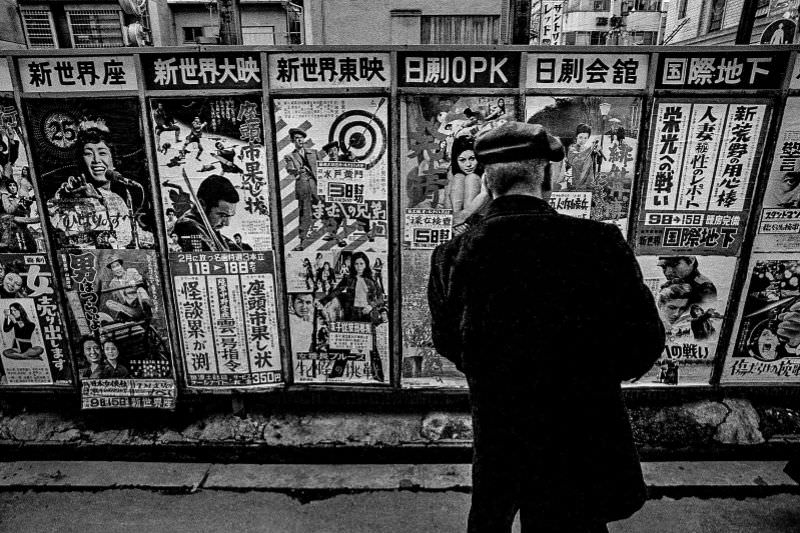
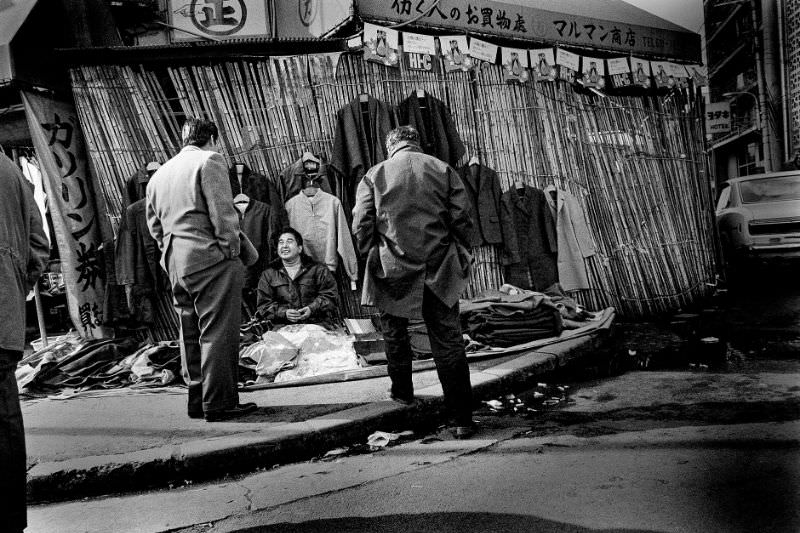
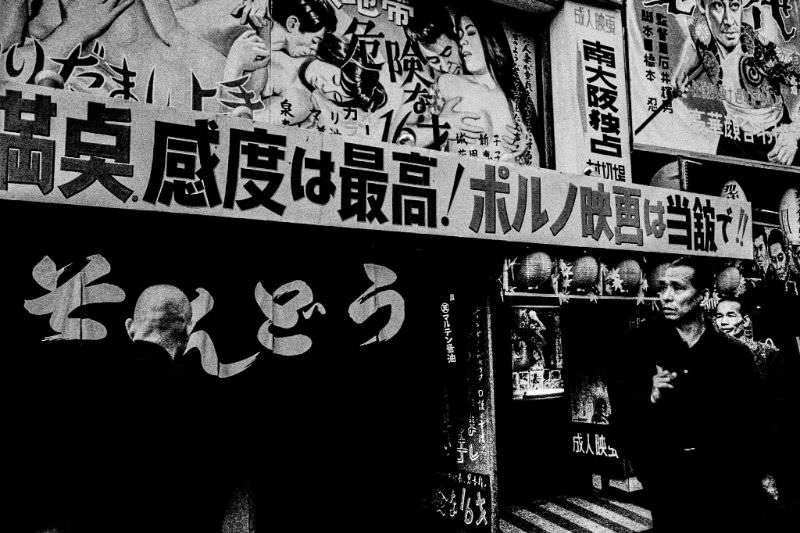
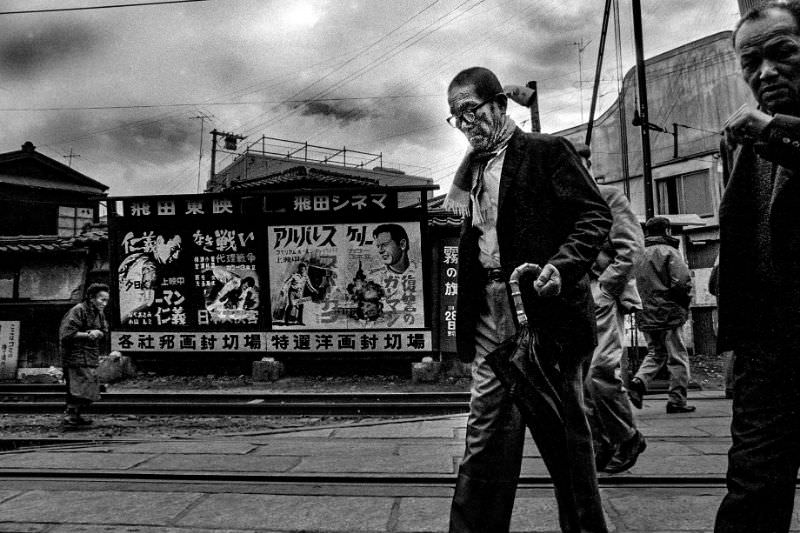
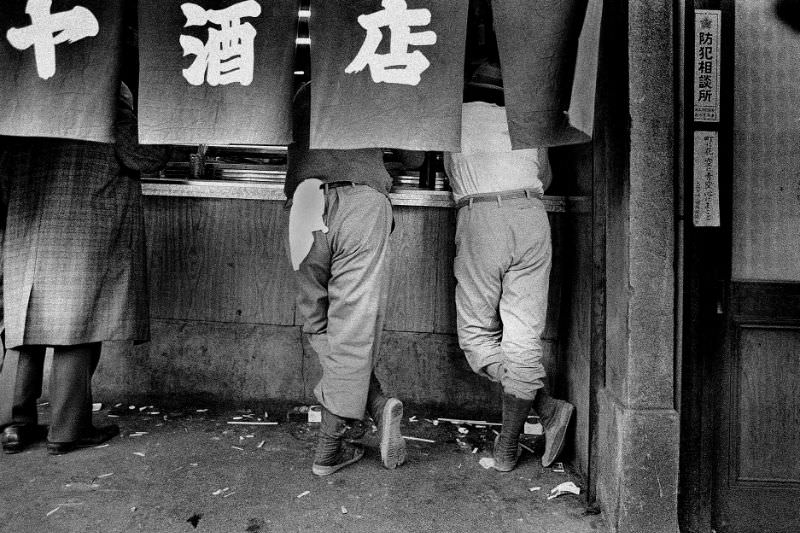
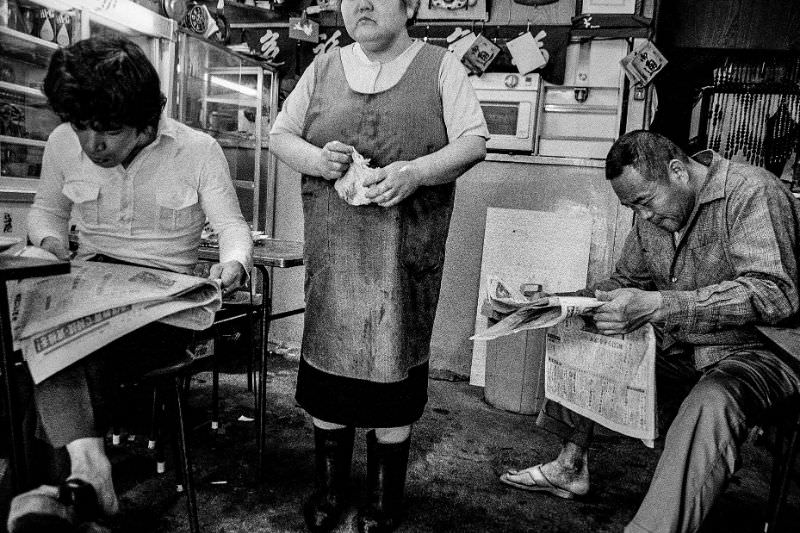
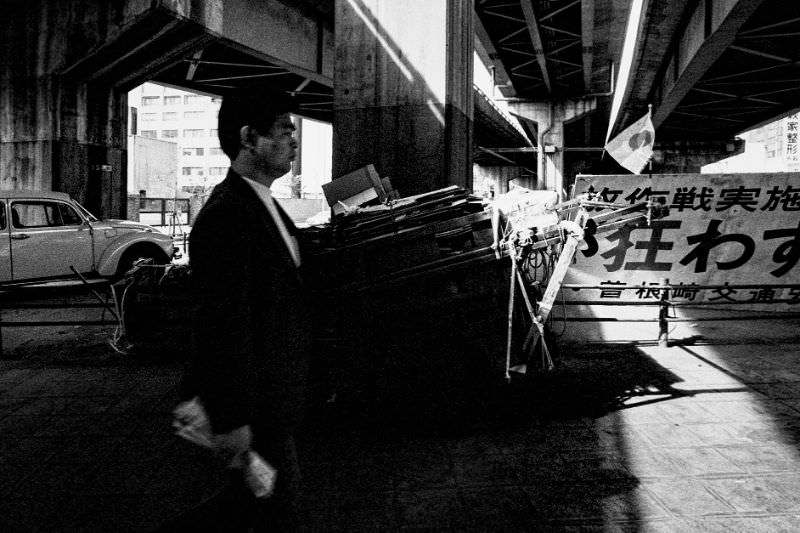
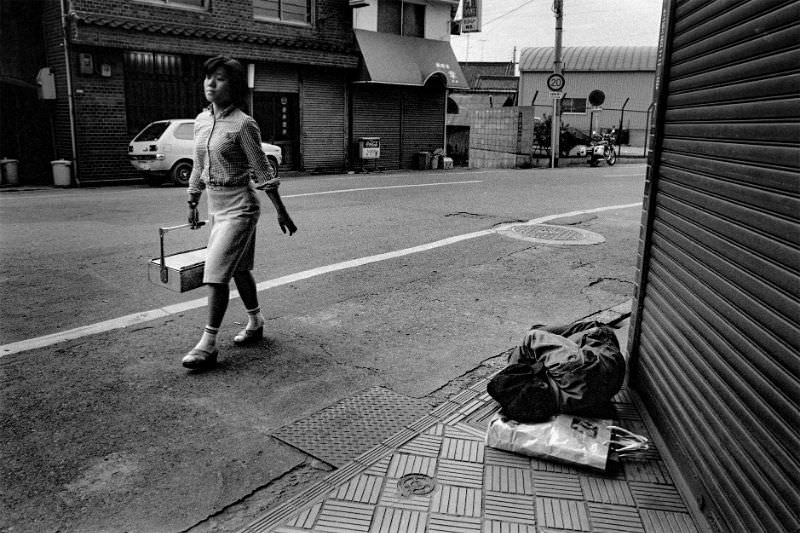
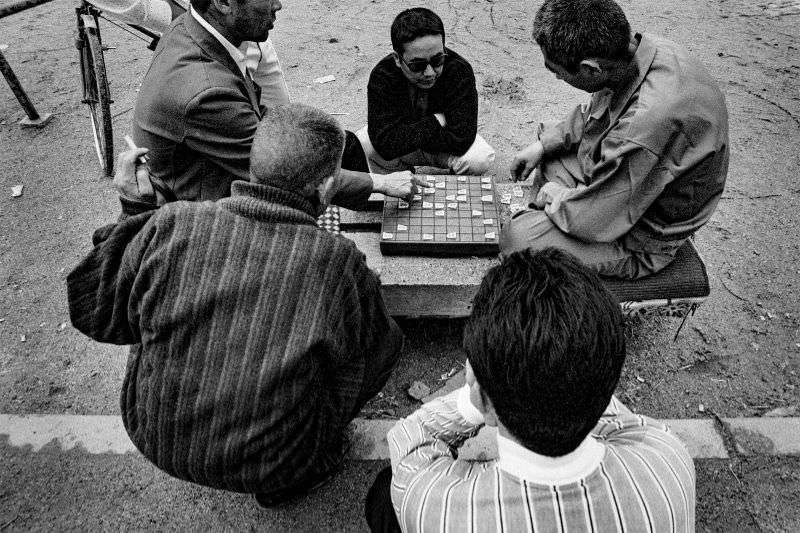
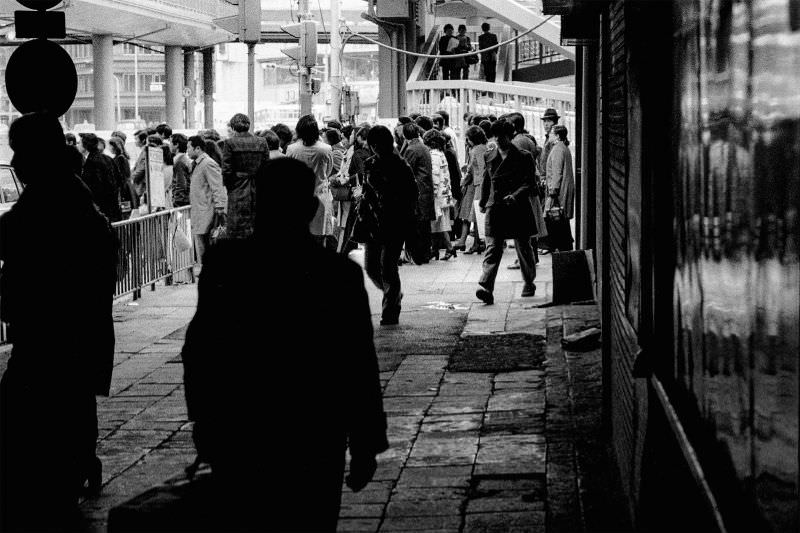
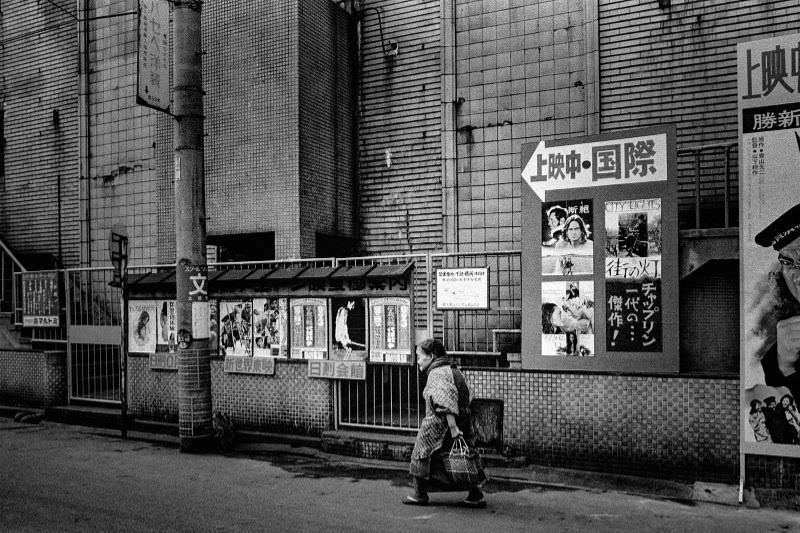
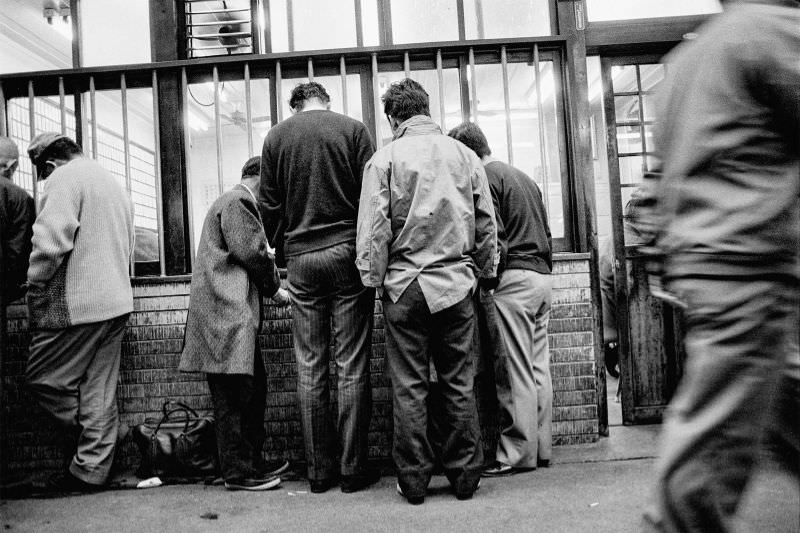
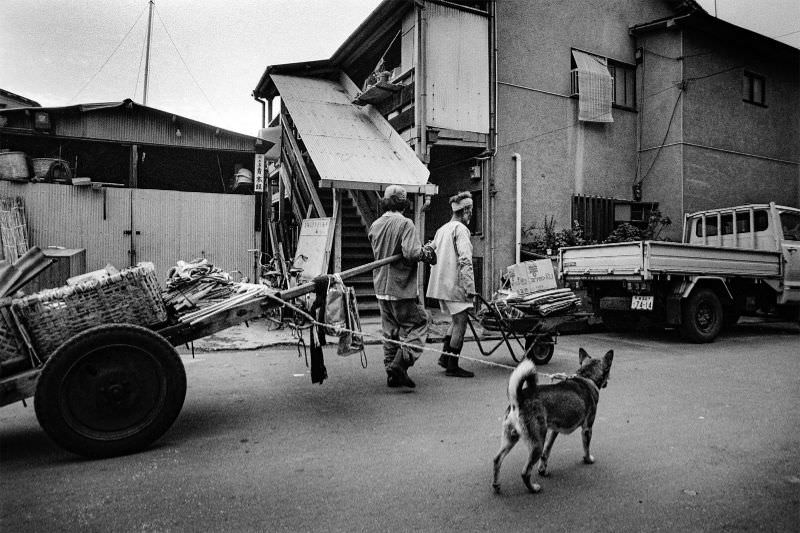
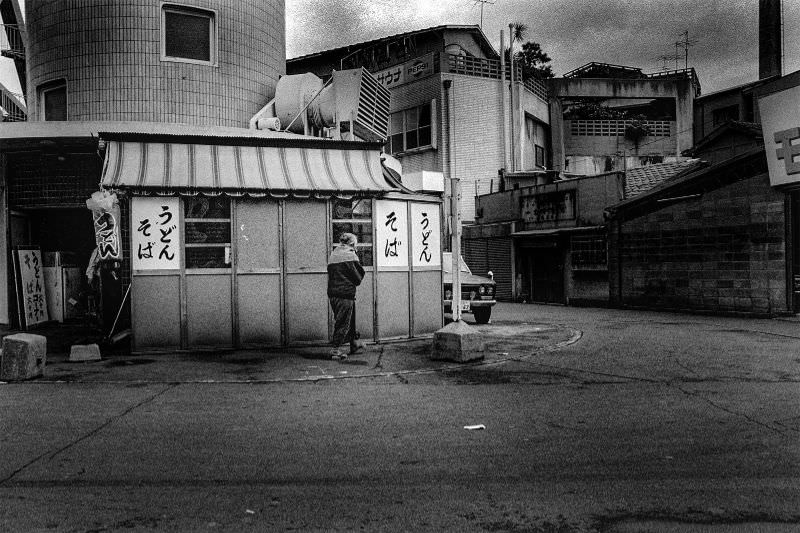
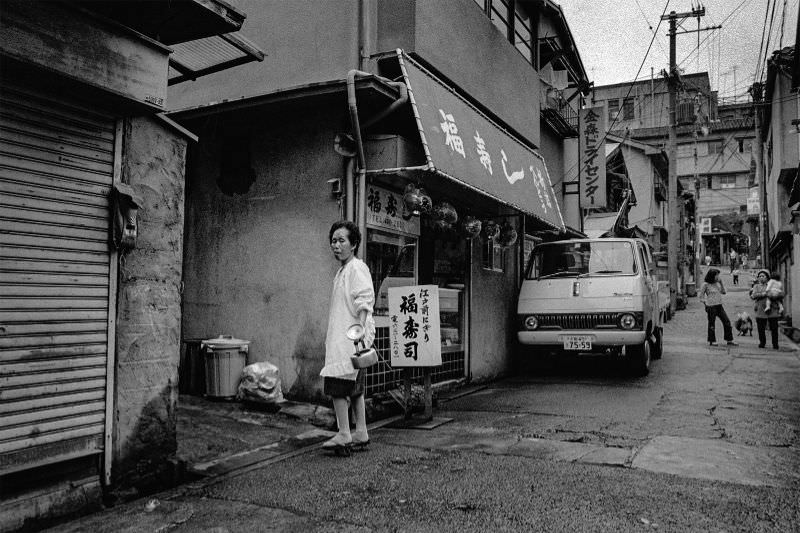
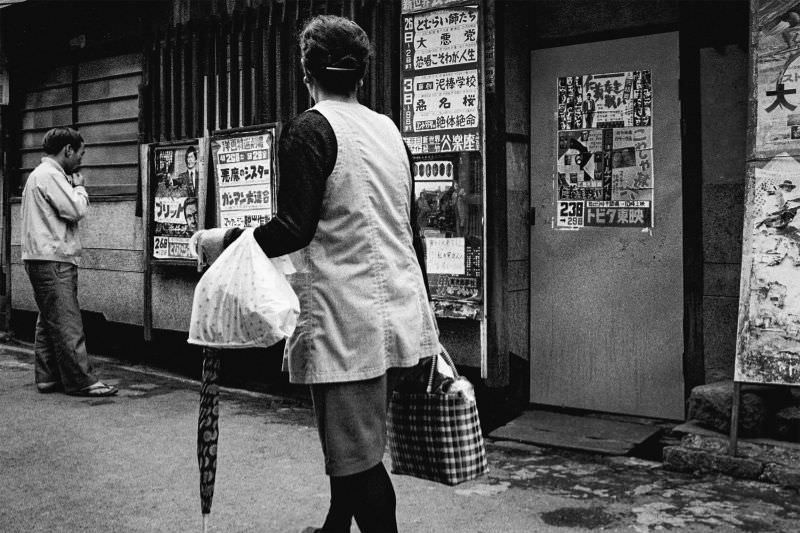
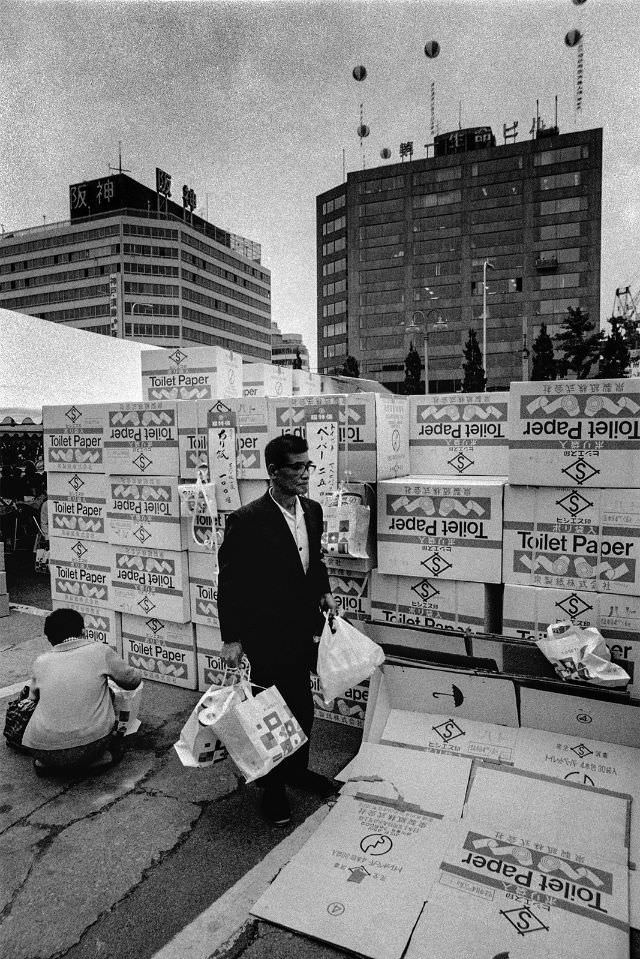
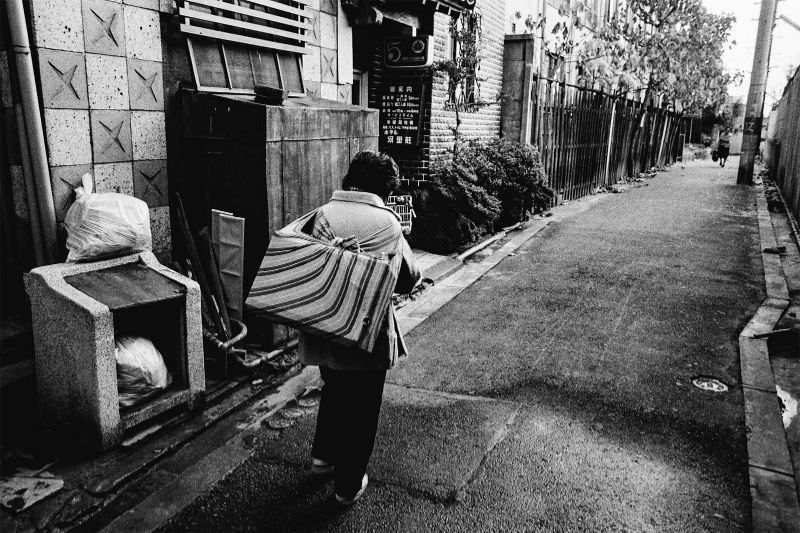
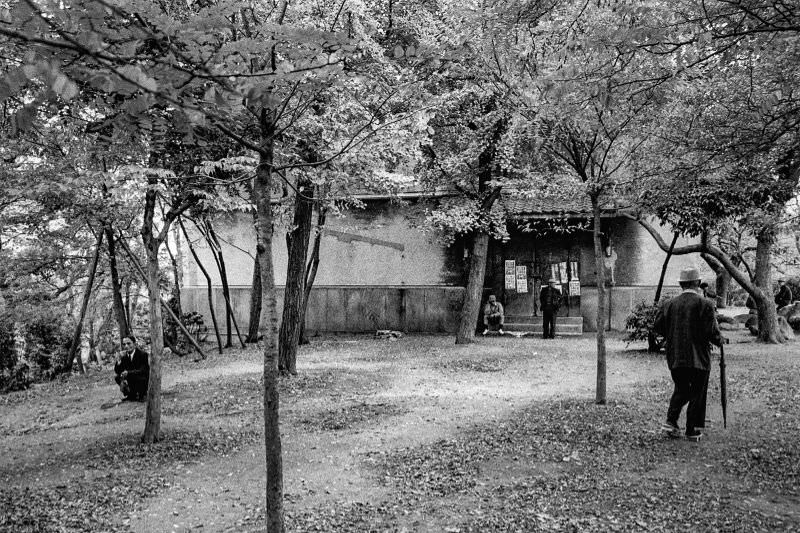
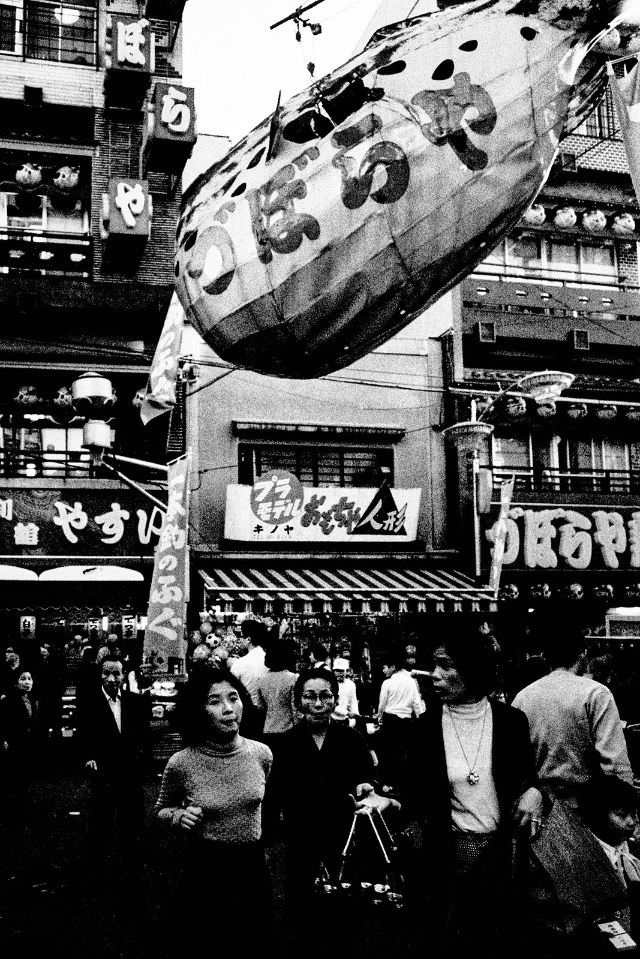
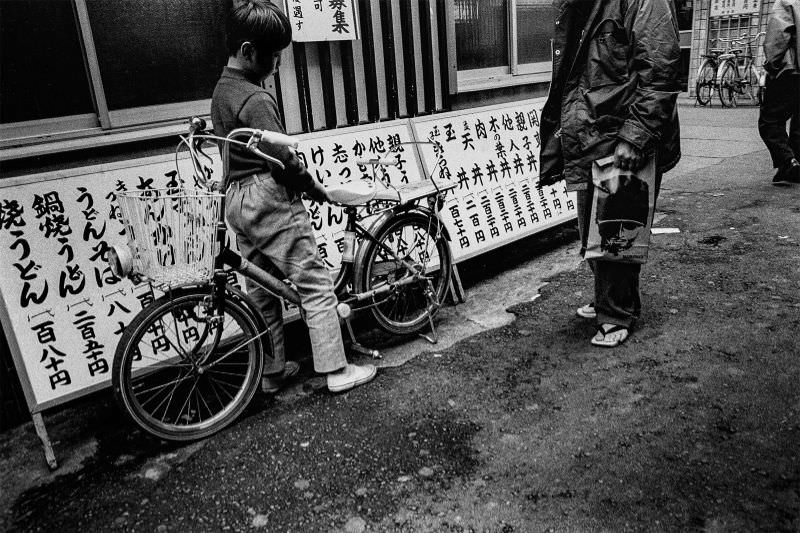
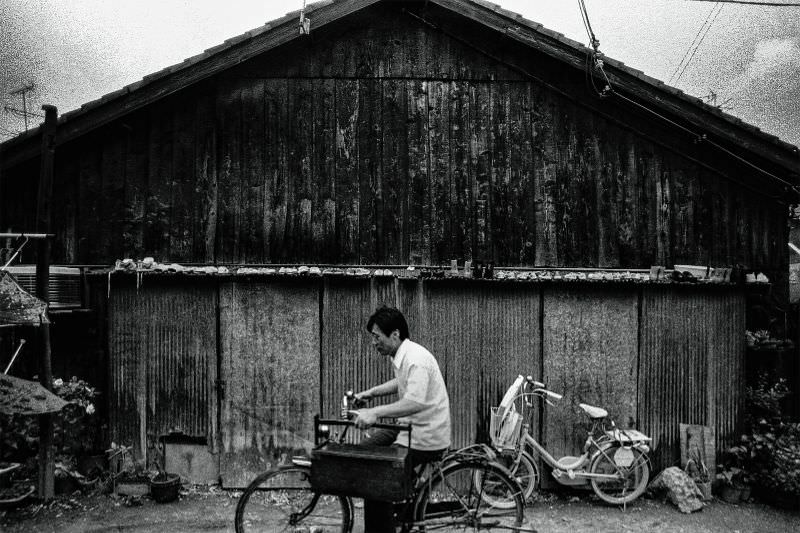
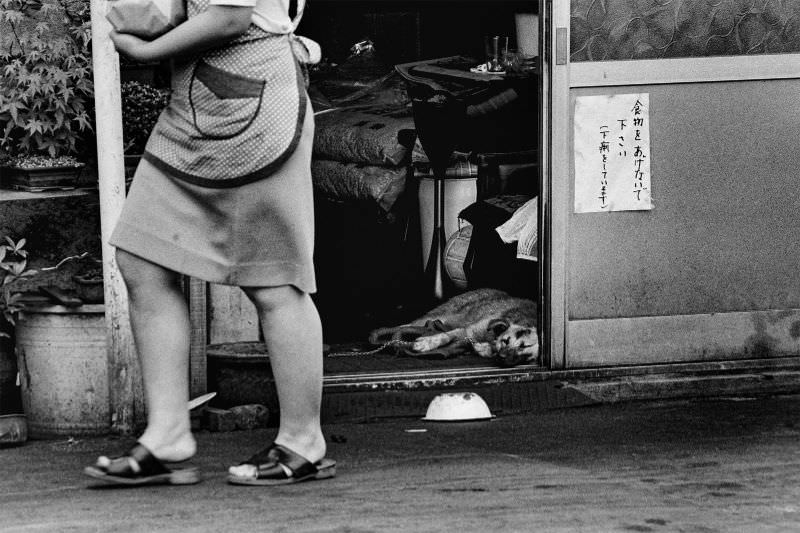
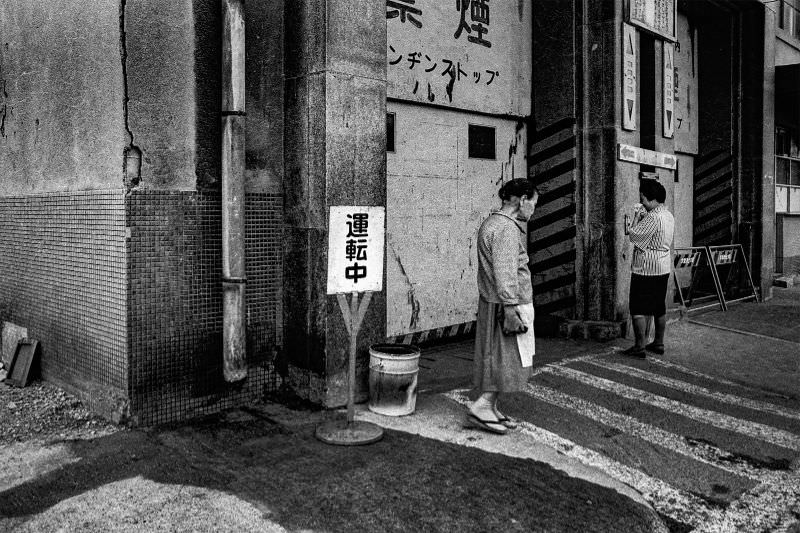
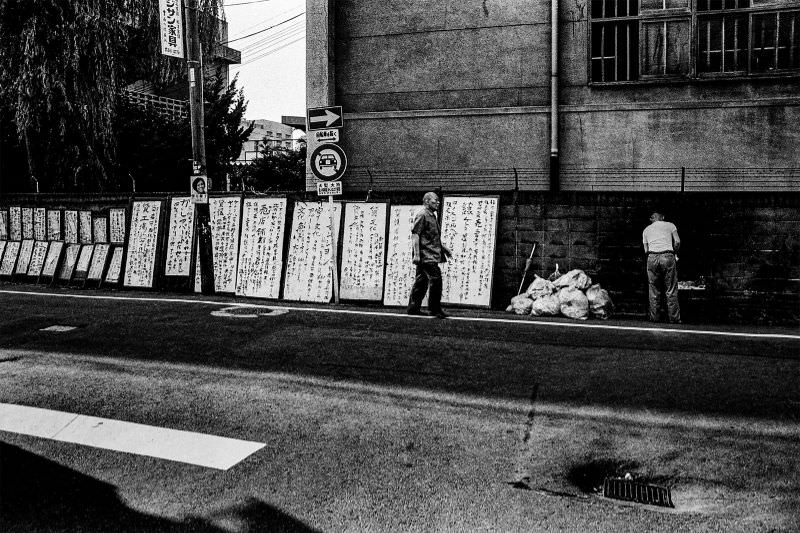
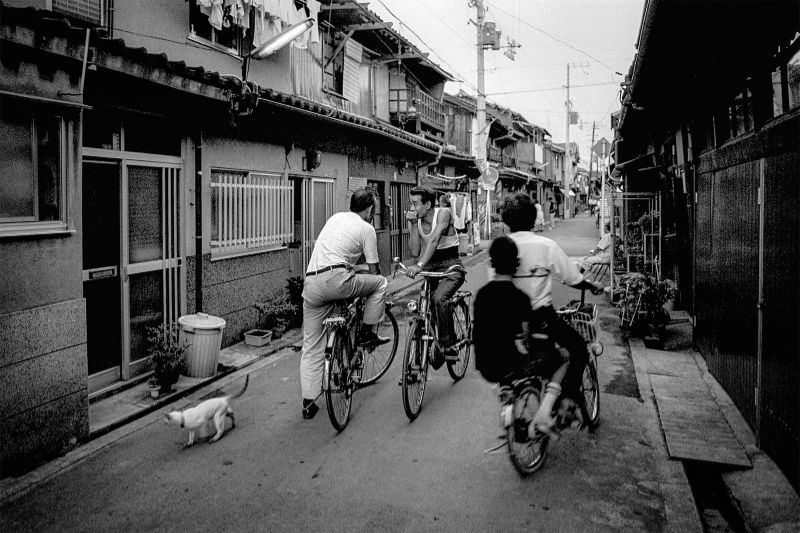
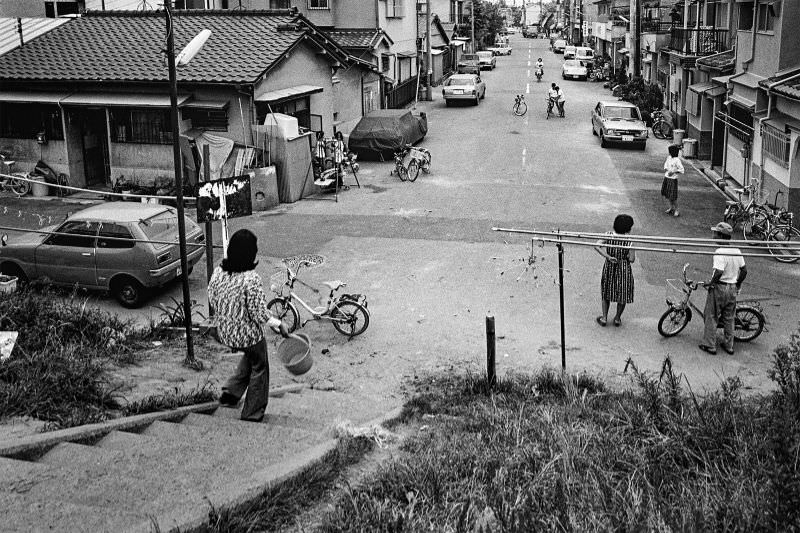
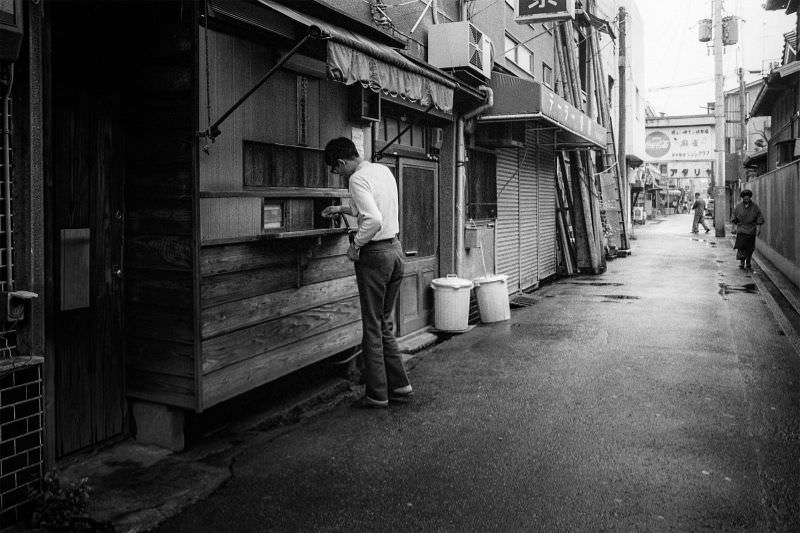
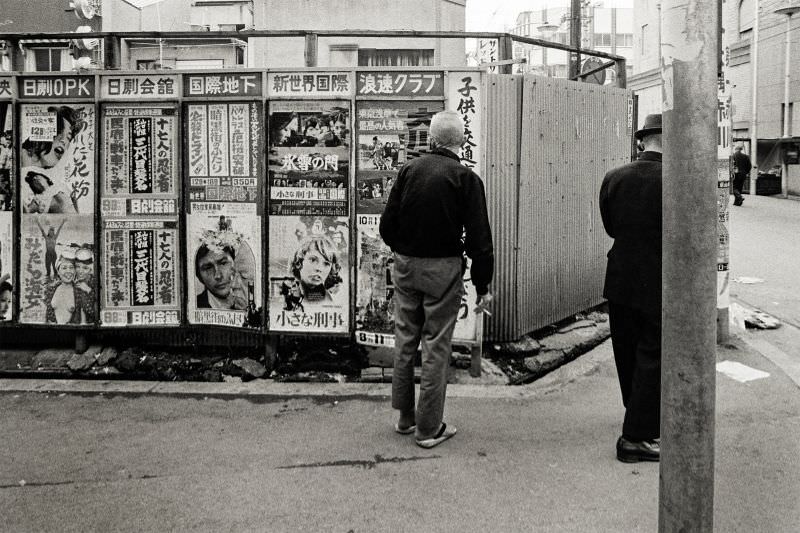
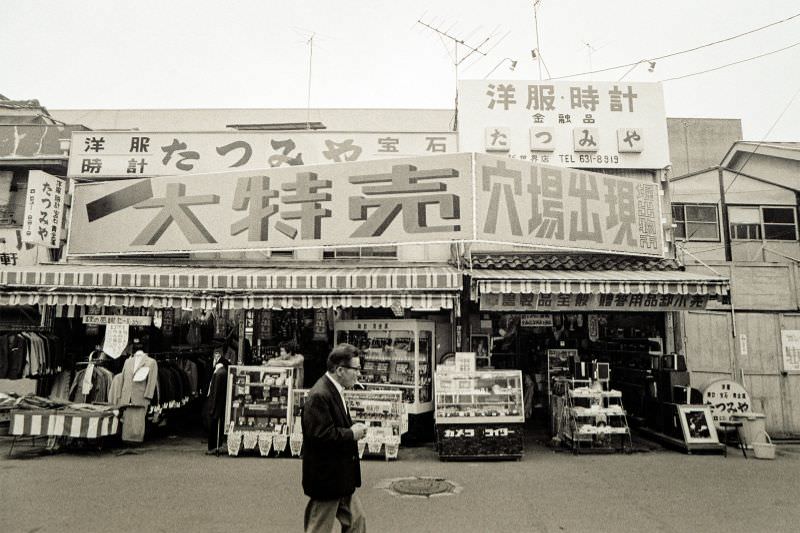
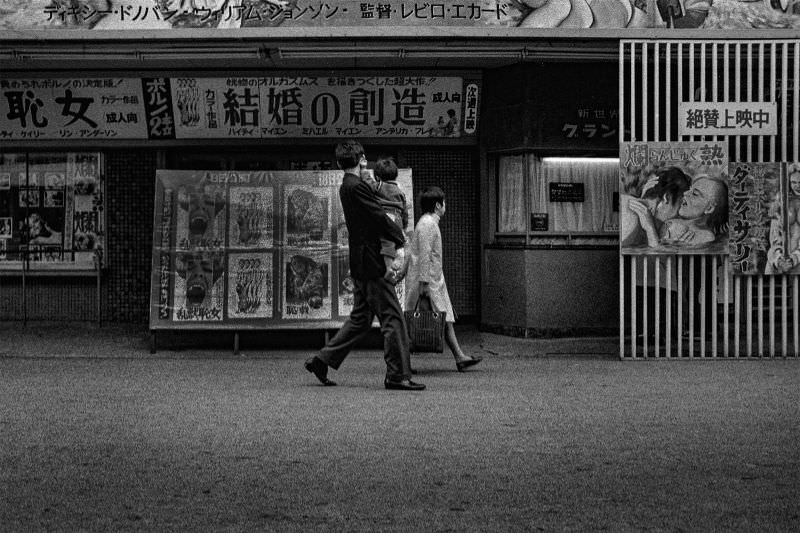
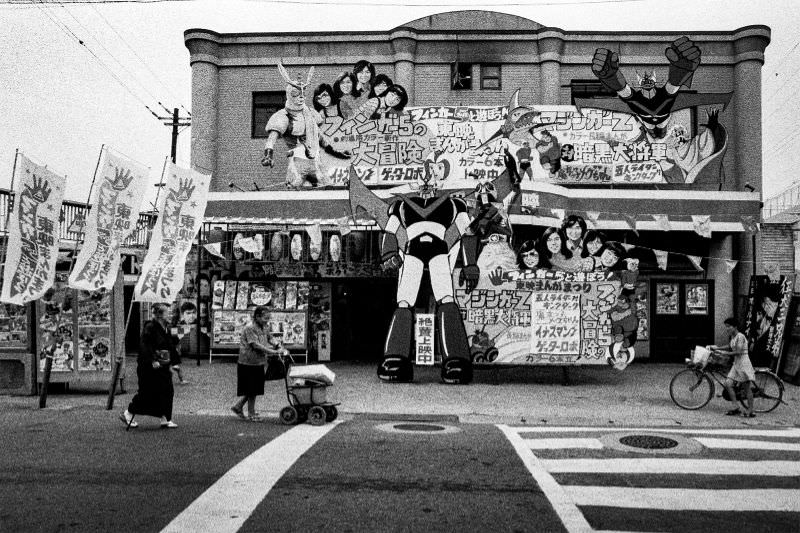
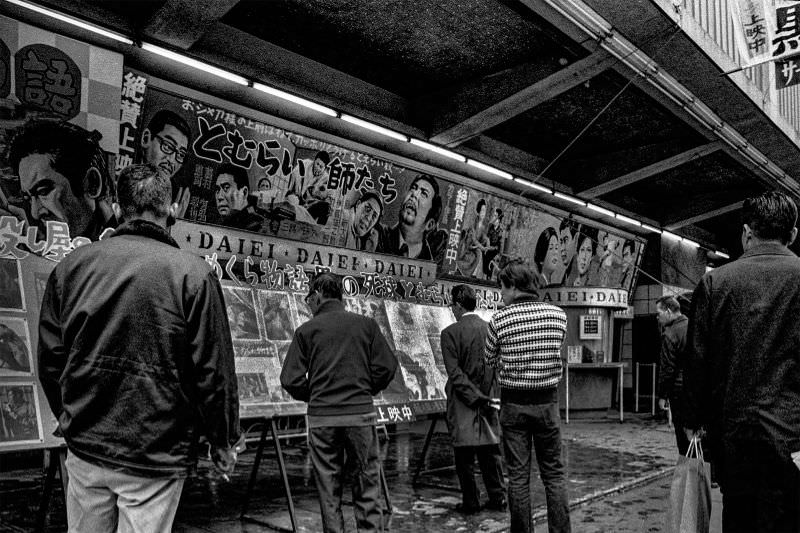
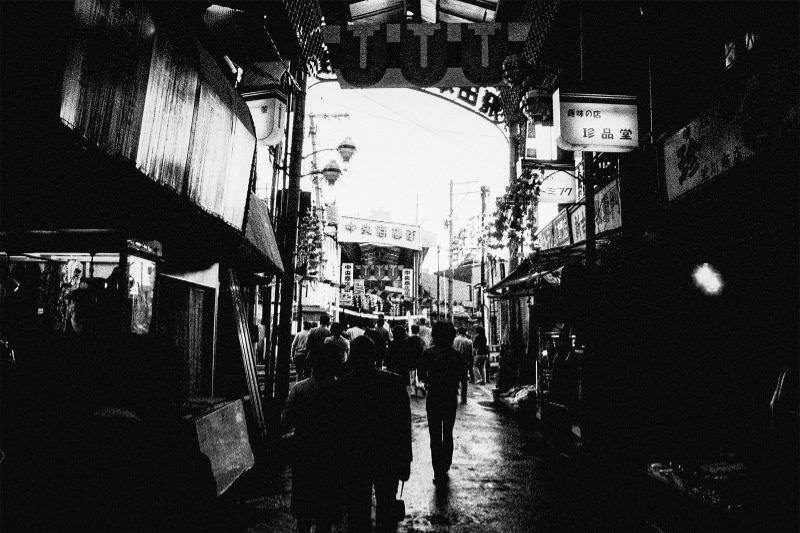
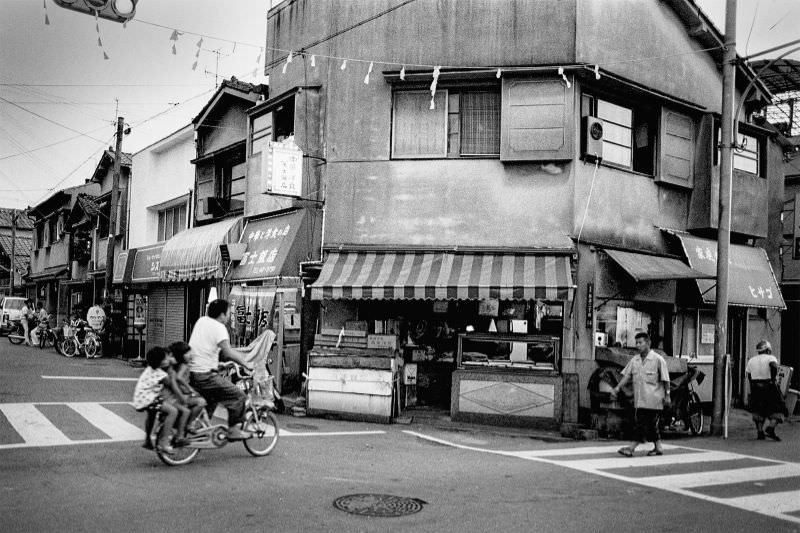
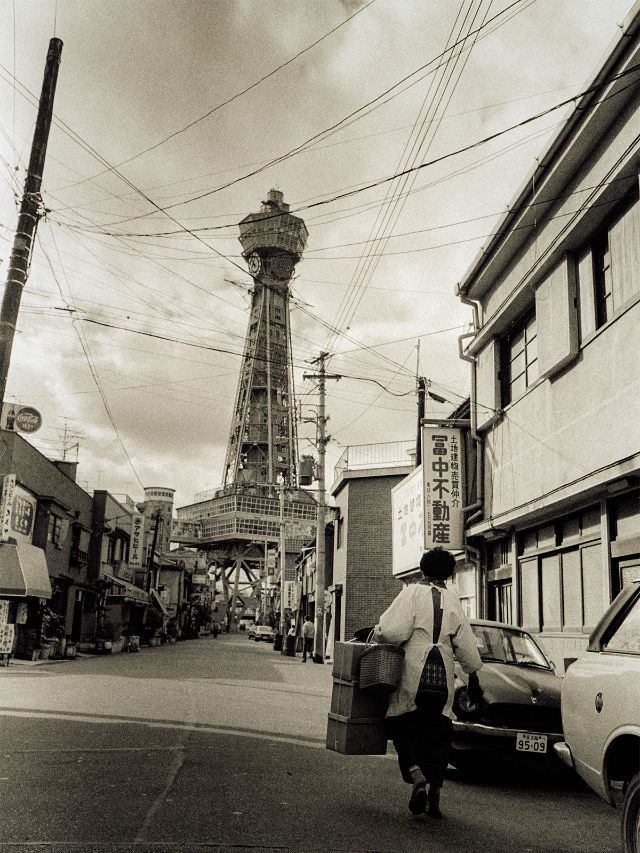
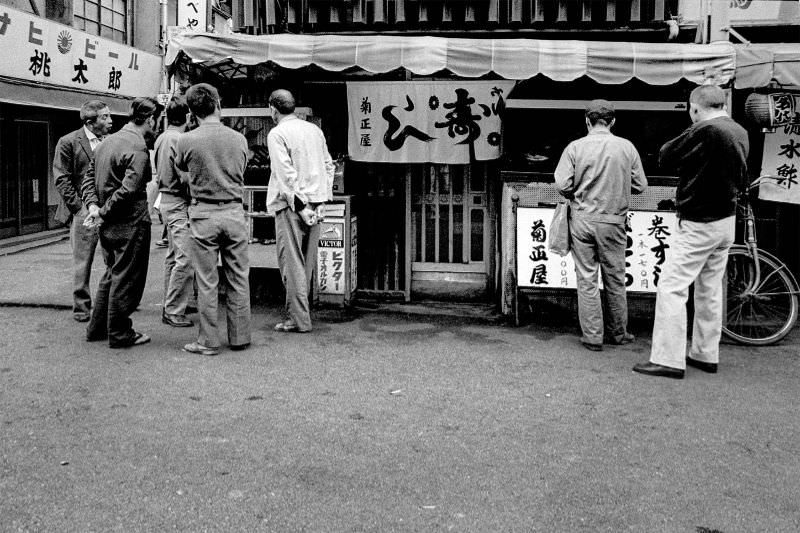
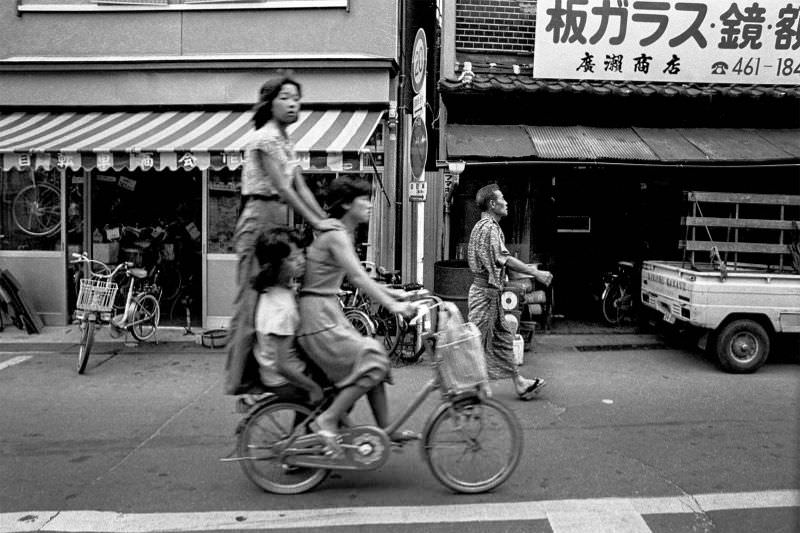
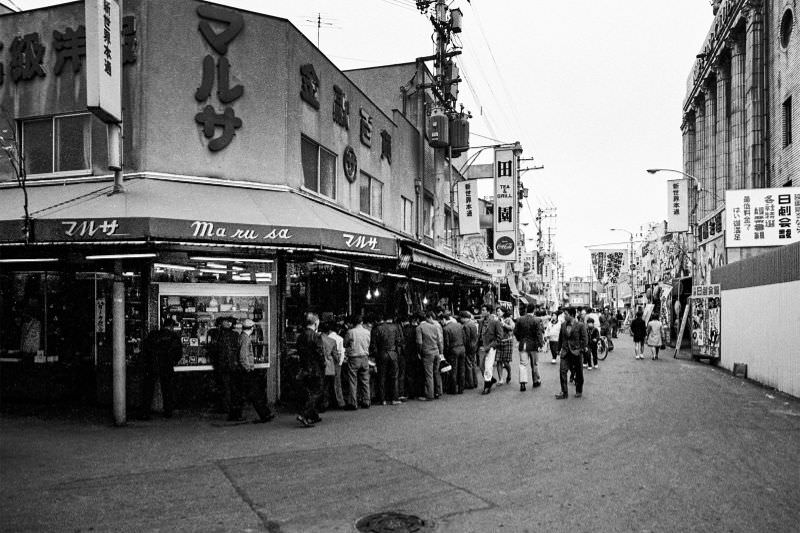
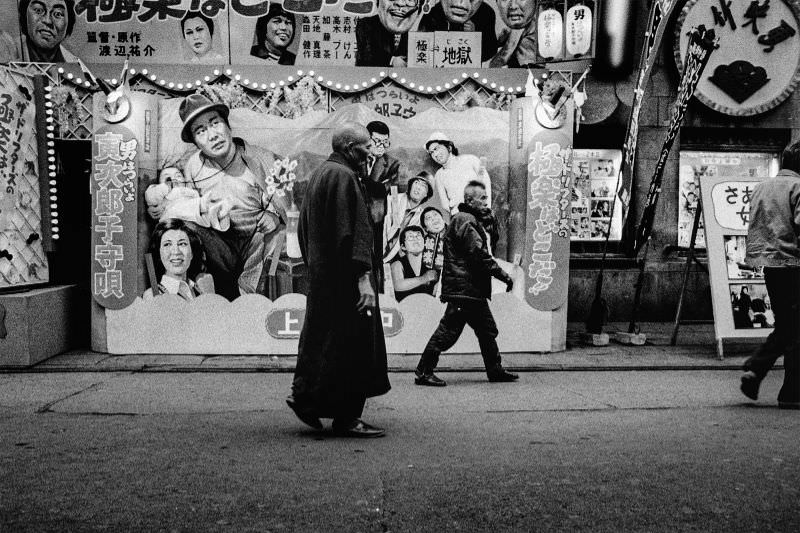

these are awesome, i just find it very disturbing that there’s no footnotes, dates, names, photographer attribution or anything of the kind… how can “Kevin Clark” sign his name at the end pretending this content came from him?
The names and links to the photographers’ official accounts are provided with every image.
Pretty sure one of those movie theaters in Shinsekai is still there
I first came here ten or so years after these were taken and as best I remember everything was in color by that point.